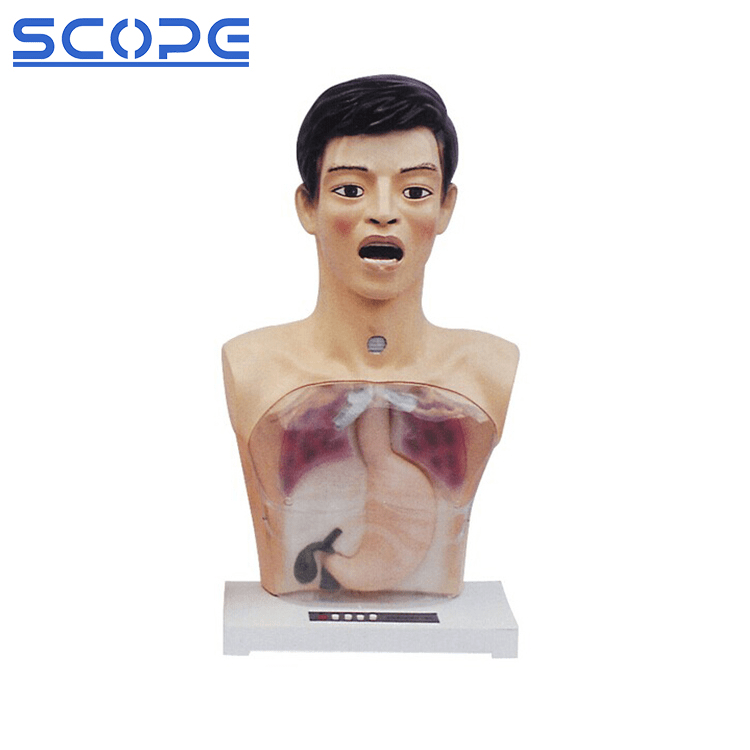Manikins have numerous advantages for improving clinical skills, making them useful tools in healthcare education and training. Here's an overview of how they help to improve skills:
1. Safe and Controlled Practice:
l Reduced Risk: Manikins enable trainees to practice procedures and techniques without putting real patients at risk, which is especially useful for beginners. This creates a safe learning environment in which mistakes can be made and learned without repercussions.
l Repetition and Refinement: Skill development necessitates repetition. Manikins provide limitless opportunities to practice and refine techniques until mastery is achieved, which boosts confidence and competence.
2. Hands-on Learning:
l Enhanced Psychomotor Skills: Manikins help develop muscle memory for clinical skills such as CPR, IV insertion, and suturing. This kinesthetic learning goes beyond pure theoretical knowledge.
l Improved Dexterity and Coordination:Manipulating manikins with realistic features improves dexterity and hand-eye coordination, essential for precision and efficiency in real-life scenarios.
3. Diverse Training Scenarios:
l Variety of Conditions and Procedures: Manikins can simulate different conditions and medical emergencies, allowing trainees to practice responding in a controlled environment. This exposes them to a broader range of clinical presentations before encountering them in actual patients.
l Standardized Training: Manikins ensure consistent training experiences across instructors and locations. This is especially useful for multidisciplinary teams where collaboration and standardized protocols are required.
4. Communication and Teamwork Training:
l Simulated Patient Encounters: Using manikins as simulated patients allows trainees to practice communication skills such as history taking, physical examination, and diagnosis in a realistic environment. This increases empathy and improves patient interaction skills.
l Teamwork and Collaboration: Manikins can be used in team-based training to improve communication, coordination, and collaboration among healthcare professionals managing complex situations.
5. Objective Feedback and Assessment:
l Performance Evaluation: Advanced manikins offer immediate feedback on the accuracy and efficiency of techniques. This enables instructors and trainees to identify areas for improvement and monitor skill development.
l Standardized Assessments: Manikin-based assessments are standardized and objective, providing a fair evaluation of clinical skills across trainees and training programs.

